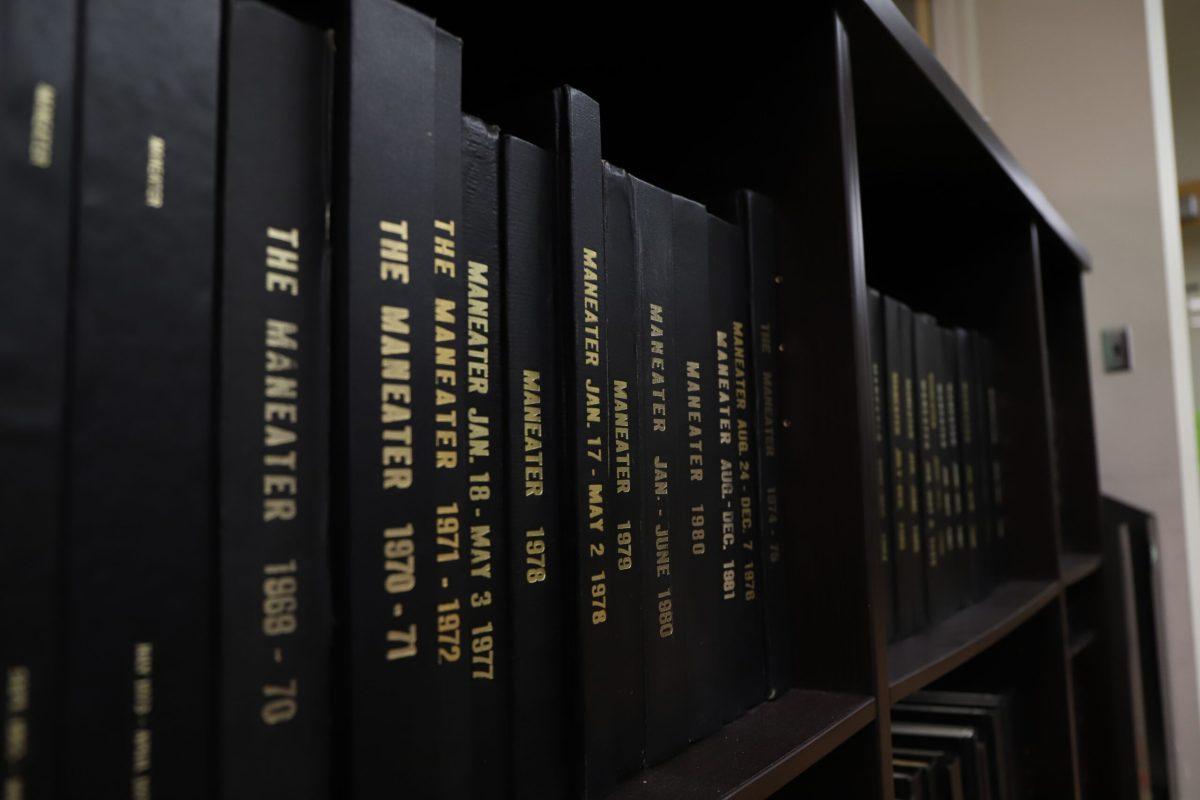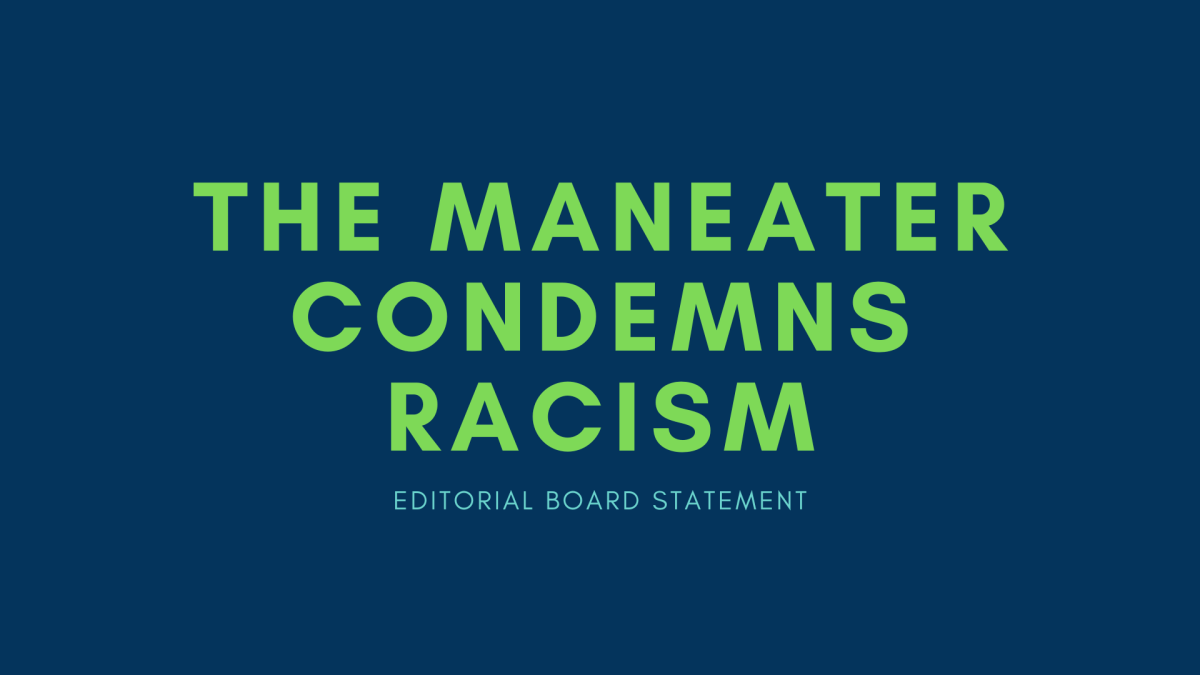Earlier this month, MU announced the [increase of two undergraduate scholarships and the creation of another](https://www.themaneater.com/blogs/campus/2013/9/6/new-scholarship-amounts-released/), beginning with the Class of 2018. We applaud the university for its efforts; more scholarship money for students is always a good thing. However, we are concerned that these expansions might prioritize out-of-state students looking for a cheaper education, and we think it’s important to consider how such prioritization impacts MU.
Let’s be clear; we’re very relieved that MU tuition has remained relatively stable in recent years, and strongly feel any increase in university revenue should come from the Statehouse reversing its pathetic trend of reducing higher-education funding. But the imbalance in the new scholarship increases between residents and nonresidents is worrisome. With the Curators Scholars Award for Missouri residents only being increased from $3,500 to $4,500 but the Mark Twain Nonresident Scholarship being doubled from its previous range of $2,000-$5,500 to $5,000-$10,000, is this truly the best move for the university and for the state?
This editorial board is mostly composed of out-of-state journalism students. Some of us are Missouri natives and lifelong or longtime residents; others have achieved Missouri residency while at MU, yet most remain residents of other states. Though we as a whole are a majority-nonresident group, we recognize that this university should primarily serve and enroll Missouri citizens.
Since 1839, MU has operated as the state’s land-grant university under the Geyer Act. This charges the university with the responsibility to educate not only those who enroll in its classes but all citizens of Missouri. To this day, MU Extension is constantly active and constantly expanding in order to serve this purpose. Taxpayers (albeit, in constantly decreasing proportion) help fund the university, expecting their dollars to benefit the state — perhaps the term “return on investment” isn’t completely apt, but every tax dollar the state spends should have some positive impact on its citizens.
With the land-grant responsibility in mind, the university must focus on how it can benefit and improve quality of life in the state of Missouri. One way to do this is by enrolling more Missouri residents and providing them with the resources they need to graduate. Another way is by enabling more MU graduates to stay in Missouri after graduation. We’re willing to wager that the latter is easier accomplished with in-state than out-of-state students. Why, then, should out-of-state enrollees be prioritized?
Additionally, it’s already remarkably easy to get residency in Missouri. This is a way to reward students who show a commitment to our state, and who provide an immediate benefit to Missouri’s economy by joining its workforce for at least a year. If a nonresident is receiving $10,000 through the increased Mark Twain Award, there is a decreased incentive to stay over summers to achieve residency and shed the roughly $13,000 extra in nonresident tuition. Does the university really want to decrease the financial stimulus for becoming a Missouri resident?
University officials must also consider whether their vision for this institution is best achieved by making an MU education _better_, or by making it _cheaper_. If this money were to go toward improving the actual education MU students receive (making faculty salaries more competitive, providing more resources and opportunities for students, updating facilities and so on), it would certainly make the university more appealing to prospective students around the country and around the world who are looking for a cutting-edge, challenging and rewarding education. Allocating the money to scholarships keeps an MU education of the same quality, only more affordable.
It’s crucial that the out-of-state students coming here are doing so because they can’t get the same quality of education in their home state, not because they can get the same thing here for a lower price. When we compete for nonresidents, our primary advantage should be the academic value we offer, not just the monetary value.
Which kind is responsible for MU’s current spike in out-of-state students? Between 2002 and 2012, according to university reports, nonresident enrollment jumped from 15.4 percent to 26.6 percent of MU undergraduates. More particularly, the student body’s percentage of Illinois residents increased from 5.9 percent to 14.7 percent of all undergraduates. Over the same time period, resident tuition at the University of Illinois at Urbana-Champaign more than doubled, jumping up 119.5 percent total, compared to an 18.6 percent increase at MU.
We must be clear: Illinois’ tuition spike may not be the primary _cause_ for the influx of Illinois residents to MU’s campus. But it certainly could be a big factor, and is worth considering in the context of increased financial aid to nonresidents — is MU attractive to students outside Missouri because it’s a good school or because it’s an affordable one?
If we’re going to expand, we should expand in a way that makes our school a better place, not just one with a higher diversity of state license plates in its overcrowded parking lots. What specific advantages come to MU and to the state of Missouri from bringing in more out-of-state students, particularly if they are driven here by financial rather than academic motivations?
MU administrators need to study how these new investments will impact the state in the long run. By no means should it close its doors to nonresidents, but by advancing global, engaging curricula, MU can both fulfill its land-grant responsibilities to the state of Missouri and attract bright students from around the world.










